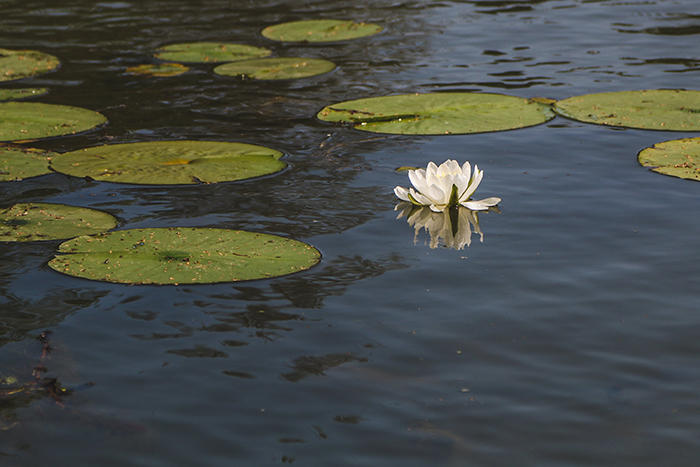Installation Advice - at a glance




This at-a-glance guide to stove installation is intended to provide you with some initial information regarding basic stove installation requirements. You must ensure that your stove is installed by a recognised competent person who will already be aware of this information and who will also be appropriately qualified in the installation of stoves. They will ensure that the installation complies with all local, national and European building regulations, of which this is only a small part. See Stove Installation Regulations.
Flue System Requirements
Minimum flue height
4.5 metres (15') from the top of the stove
This is usually a stipulation by the stove manufacturer to ensure that there is enough basic up-draught in the flue system for their stoves to work properly. Shorter flues may need a spinning cowl to improve the
up-draught.
Maximum height of single skin vitreous enamel flue pipe
1.4 metres (4' 8") from the top of the stove
Beyond 1.4 (4' 8") metres you must use twin wall insulated flue because of the excessive heat released from the single skin pipe which will naturally rise towards any combustible ceiling components. You cannot
revert to single skin flue pipe once twin wall has been used at any point in the flue system.
Minimum straight flue height before bending
600mm (2') from the top of the stove
In exceptional circumstances shallow bends of 15º from the top of the stove may be specified by a Hetas installer to help clear some fireplace lintels.
Maximum number of bends in any one flue system
Total of 4 x 45º bends in any flue system
However single 90º bends should be avoided T piece 90º should be used in exiting from the rear of an appliance.
Maximum length of horizontal run in a flue system
Only permitted from the rear flue outlet
150mm (6") but avoid if possible.
Minimum gap between single skin flue pipe and other materials
3 x external diameter of flue pipe to combustible material:
125mm (5") flue pipe: 375mm (15") to combustible material
150mm (6") flue pipe: 450mm (18") to combustible material
1.5 x external diameter of flue pipe to non-combustible heat shield:
125mm (5") flue pipe: 188mm (7.1/2")
150mm (6") flue pipe: 225mm (9")
Non Combustible Heat Shield must have a 12mm air gap between it and the combustible material.
Ventilation Requirements
Combustion Air Supply
Pre-2008 homes: Stoves of 5kW output and over require a permanently fixed open air vent
Post-2008 homes: Permanently fixed open air vent required for all stoves irrespective of output (see External Air) Stoves / flues with a draught stabiliser: Permanently fixed open air vent required for all stoves
irrespective of output
Position of air vents
Place as near as possible to the stove to minimise cold air movements (see External Air)
Rooms with extractor fans
Not suitable for location of stove unless a 'recirculating' extractor fan is used
Fireplace Requirements
Minimum space to non-combustible materials at the side of the stove
150mm (6") minimum space from the sides of the stove to the non-combustible fireplace inner side walls.
This can be reduced slightly but must be compensated by a much greater space at the top of the stove. Failure to leave enough space at the sides of the stove (or the back) would mean that the stove is likely to
overheat because the heat has nowhere to go and would build up within the body of the stove thus shortening the life of firebricks and grates etc. and possibly permanently damaging the stove's bodywork.
Minimum space to non-combustible materials at the back of the stove
Generally there is no minimum space to non-combustible materials specified but we would always recommend a minimum of 75mm (3") for the reasons outlined above. Boiler stoves will require a bigger gap to allow for
pipework and bends.
Minimum space to non-combustible materials at the top of the stove
300mm (12") from top of stove and 1200mm (4') from top of hearth
Remember the stove installer also needs space to make good any connections
Hearth Requirements
Load-bearing capacity
Weight of stove plus weight of any flue system bearing down on stove
Minimum thickness of non-combustible hearth
25mm (1") unless otherwise specified by manufacturer
12mm (1/2") for approved stoves tested with temperatures of less than 100Cº at hearth level
Minimum distance of non-combustible hearth from front of stove
225mm (9") from front of stove (includes edge of stove's ash lip)
We recommend a hearth that goes beyond the furthest out-swing of the stove door plus a minimum of 50mm (2") to catch any potentially live ash – particularly important for wide body single door stoves
Minimum distance of non-combustible hearth from sides of stove
150mm (6")
Minimum distances to combustible materials eg soft furnishings, wooden mantels etc.
These vary according to manufacturer and type of stove eg radiant, convecting or boiler stove and their outputs but can be as great as 800mm
